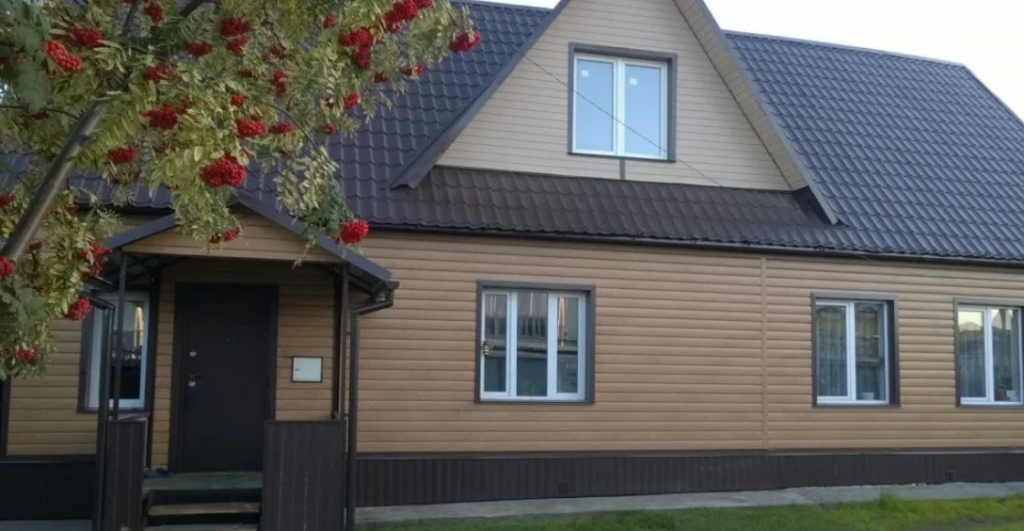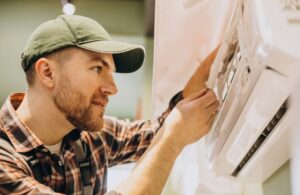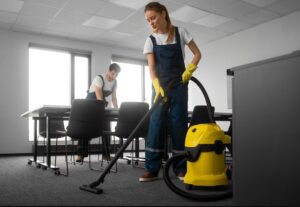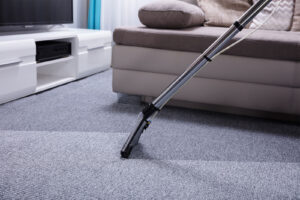Types of vinyl siding and advantages and disadvantages
5 min read
Vinyl siding appeared about 6 decades ago in North America. And despite this, to this day, it is rightfully one of the most popular types of cladding in the construction market. It is able not only to give an exquisite look to any building, but also to become a reliable protection against adverse environmental factors. It can have different patterns that make the surface slightly convex, thereby, the siding becomes even more sophisticated in appearance. For example, it perfectly imitates wood texture, brick or natural stone finish. Due to the huge variety in the choice of pattern, it is possible to choose the cladding for every taste and color, which will allow you to decorate not only the house, but also create the necessary flavor of the entire local area.
The siding is easy to install, and does not require special tools during installation. Today, almost every hardware store has a huge variety in the choice of color and size.
Features and types of siding
Plastic siding is panels that are approximately 80% polyvinyl chloride and various additional additives. Such as: – calcium carbonate, titanium dioxide, butadiene, all kinds of paint pigments and lubricants.
There are several types of siding:
- Basement siding . The panels are short, 3 times thicker than conventional panels, and have high strength. Perfect for cladding the basement of a building. Due to their thickness, they are able to withstand mechanical damage and higher loads. Despite this, the weight remains as low and there is no need to reinforce the building foundation.
- Siding for walls . Ideal for cladding surfaces with a vertical plane. The surface of the plastic can be wood relief or smooth.
Soffit . It is used for finishing horizontal surfaces and is excellent for roofing. Using this type of plastic, you can cover fragments of the roof with ledges, roof overhangs or attic.
The main properties of plastic siding:
- The right coating is able to withstand all kinds of weather conditions. Does not tarnish or fade in direct sunlight, does not crackle during temperature changes and is completely protected from corrosion and decay.
- It expands and contracts with ease, depending on the temperature, which ensures high mobility of the entire structure.
- The material is resistant to open fire, does not ignite when heated, but melts.
- In the frame, under the panels, you can easily hide the necessary layers of insulation, which will not only save on additional material for creating.
Variety of choices
Any manufacturer has a great abundance in the choice of textures and colors. Blue, yellow, green and pink are considered standard. They are in demand. But lately, those who want to stand out can easily choose any color to their taste. This could be:
- Red.
- Red brown.
- Pear.
- Strawberry.
- Golden.
- Peach.
Advantages of vinyl siding
- Elementary installation. Installation is made with ease and on any building. Due to its size, you can carry out the installation yourself, without resorting to the help of professionals, which will save money.
- Ease. The material is made of lightweight substances, which makes it not only convenient to install, because one person can install the siding independently, but also saves a certain amount of money for delivery.
- Abundance of choice. There are a huge number of different colors and textures.
- Waterproof. Allows the use of the material in damp rooms, suitable for finishing a sauna, shower or bath. The coating can withstand any contact with liquids, which is why it can be easily washed even with small pressures of water. Of course, no rain can do any harm.
- Easy to care for. As it gets dirty, there is no need to bother choosing additional detergents, just wipe the siding with a damp cloth.
- Durability. Quite a long service life. Most manufacturers give a guarantee of up to 50 years.
- Availability. Low price compared to natural cladding options.
- Unpretentiousness. Installation in different climatic zones is possible.
disadvantages
- Clearance calculation. The need for accurate calculations during installation. The necessary dimensions of the gaps must be observed, which will allow the structure to be preserved in the event of a strong temperature difference.
- Fragility. The material does not tolerate mechanical damage. But in the event of a dent or crack, you can easily replace the damaged panel.
- It gets dirty quickly. Siding builds up static stress. This attracts dust and dirt that can accumulate on the surface.
- Temperature during installation. It is necessary to observe a certain air temperature.
Insulated vinyl siding is a good alternative to expensive siding materials. While some contractors still prefer traditional vinyl siding, insulated vinyl siding offers a new competitive advantage with many benefits for homeowners and builders. A few years ago, vinyl siding was being replaced by concrete siding, wood siding, and other materials that can offer beautiful aesthetic looks. Nowadays, insulated vinyl sidewalls will offer you a good and inexpensive alternative that you should consider when planning your next building project.
Perhaps even some clients will ask you to install insulated vinyl siding in their homes so they can lower their energy bills.
Insulated Vinyl Siding Material and Labor Cost
Insulated vinyl siding can add to your construction estimate, and if you don’t control these costs, you could be in a very difficult situation. Due to the nature of the product, this type of siding can range from $ 1.70 to $ 4.20 per square foot, but this will depend on the brand, color and profile used. Please note that some corners and areas will require custom-made items that can add even more value to your value. In addition to this, also consider disposal and installation costs, which will be around $ 40 per hour plus waste disposal charges. In general, some contractors will charge around $ 3 to $ 6 for a linear leg.
Benefits of insulated vinyl siding
The cost of insulated how to install vinyl siding is relatively similar to concrete and wood sidewalls and higher than traditional vinyl siding.
Manufacturers are now adding a wide variety of colors to choose from; however, whites and beige are still a favorite among construction professionals. These are some of the most important benefits of using insulating vinyl siding:
- Increases the R-value (R-3 or higher)
- Increased impact resistance compared to traditional siding
- Some products offer insulating foam such as Thermowall
- Some products can provide vapor permeability allowing the siding to breathe
- Sometimes they can be installed over existing siding.
- Insulated vinyl curbs can reduce wall unevenness, creating a solid finished wall
- Some of the insulated vinyl sidewalls come in larger sizes for faster, cheaper installation
- Custom made products available for use on corners and windows
- Improved sound control properties compared to traditional siding
- Improved weather conditions over traditional vinyl siding
- Less maintenance required and when changing the panel it is easier to replace
- Insulation under vinyl siding reduces joint problems and gaps due to material shrinkage
- Variety of colors to choose from
- Insulating foam (usually EPS) does not absorb moisture
- Fewer seams required as the product is almost 40% longer than conventional siding
- Electricity loans can be applied by homeowners
- Save installation time compared to falling foams
- Reducing electricity bills for homeowners





